I am roofing an addition with two main ridgelines- Ridge ‘A’ (~32′) is about 14″ higher than Ridge ‘B’ (~30′)- the two are perpindicular. The project has architectural-style composition shingles, and will be capped by 8″ Ridglass high profile cap shingles (http://www.ridglass.com/pdf/ridglassb.pdf) I’m trying to figure out how best to run these caps- since they are high profile, the elevated, open end will obviously face towards the end of the ridge. On Ridge A, this means they will abut each other in the middle. What is the best way to join them? Ridge B will will abut and die into the roof slope- should the caps be run in a single direction only? This seems like it would look a little funny, though I can’t think of an alternative. Further, the open/elevated end faces into typical oncoming winds- not ideal placement, but not sure what the alternative would be. Cutting a bunch of 3 tabs up and using them for caps isn’t an option- the manufacturer doesn’t make 3 tabs in this color. Oh, yes- we are using ridgevent under the caps, too. I can’t seem to find any installation suggestions or illustrations, aside from the basics (in the link above). Any suggestions?
Discussion Forum
Discussion Forum
Up Next
Video Shorts
Featured Story
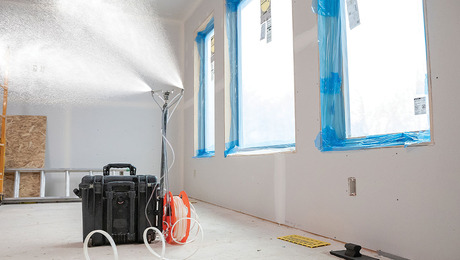
Simple air-sealing measures and spray-applied sealant lower energy bills and increase comfort without the need to tear the house apart.
Highlights
"I have learned so much thanks to the searchable articles on the FHB website. I can confidently say that I expect to be a life-long subscriber." - M.K.
Fine Homebuilding Magazine
- Home Group
- Antique Trader
- Arts & Crafts Homes
- Bank Note Reporter
- Cabin Life
- Cuisine at Home
- Fine Gardening
- Fine Woodworking
- Green Building Advisor
- Garden Gate
- Horticulture
- Keep Craft Alive
- Log Home Living
- Military Trader/Vehicles
- Numismatic News
- Numismaster
- Old Cars Weekly
- Old House Journal
- Period Homes
- Popular Woodworking
- Script
- ShopNotes
- Sports Collectors Digest
- Threads
- Timber Home Living
- Traditional Building
- Woodsmith
- World Coin News
- Writer's Digest

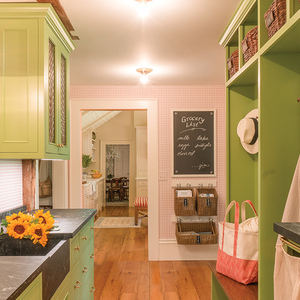
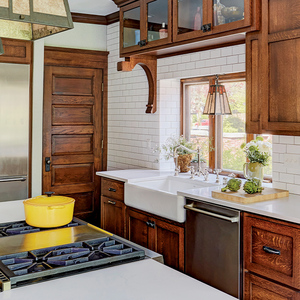
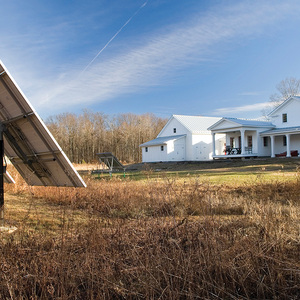








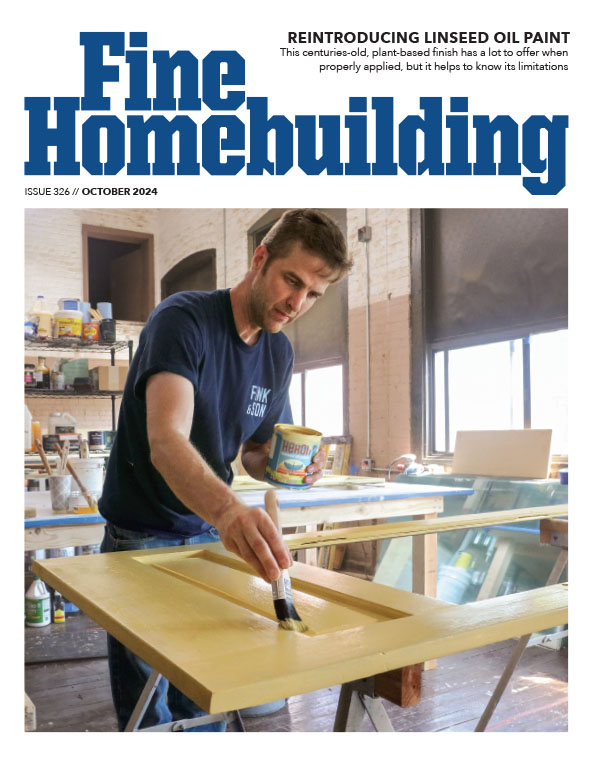





Replies
>>>>>On Ridge A, this means they will abut each other in the middle. What is the best way to join them?<<<<<< You'll have to cut the top off of the last cap (the part that would be covered) and face nail it over the tops of the two caps converging from opposite directions. On the other ridge, start at the outside and run the caps under the shingles on the major plane.
Another detail:
There is a small cricket b/w the new addition and the existing house- the ridge is ~5', and abuts the adjoining slopes. How to apply the ridge caps here, since there is no 'open' end to the ridge? Is there any point using them at all?
Is it possible to use copper or lead flashing, could be even shaped to be decorative, over the transition areas?
The cricket, is it something like crickets built next to chimneys? How will yours shed water? I don't think the chimney crickets are roofed, but instead flashed, although yours sound more like a small roof. Hope this helps.
The cricket is perpidicular to the existing roof & the new addition, where the two come together as a large valley. The cricket spans this valley so that it sheds it properly.
As mentioned, it's about 5' long, and abuts a slope on both ends, so I don't think the Ridglass caps are going too work. A lead or copper flashing cap could work, though since it's not very visible, it's more functional than aesthetic. It would be a shame to spend the $ on a copper flashing that is rarely seen....
Then how about modified or rubber roll roofing?